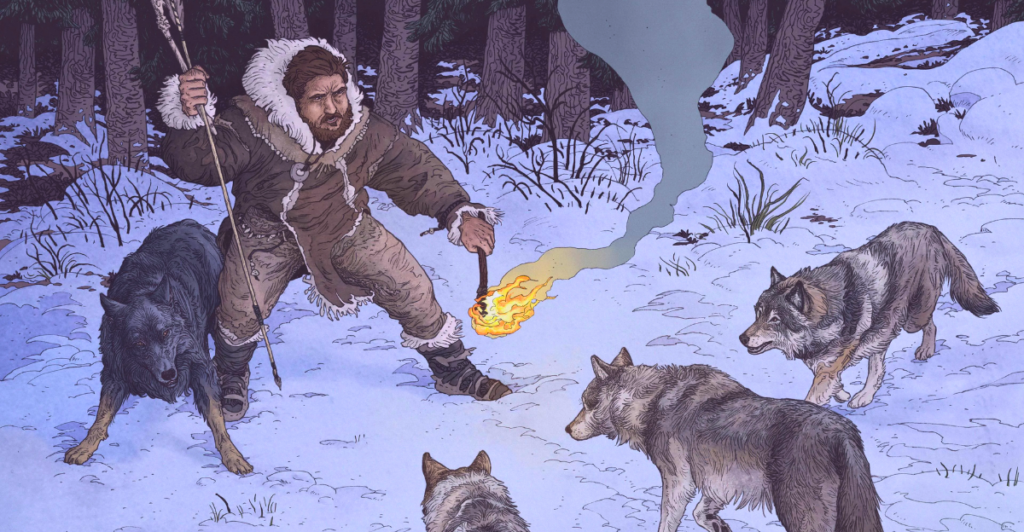
Approximately 74,000 years ago, the Toba supervolcano in Sumatra erupted, producing one of Earth’s most massive volcanic events. This eruption released vast amounts of ash and gases into the atmosphere, potentially causing a significant climatic shift known as a “volcanic winter.” The magnitude of this eruption has led scientists to explore its possible impacts on early human populations and global ecosystems.
The Toba Catastrophe Theory
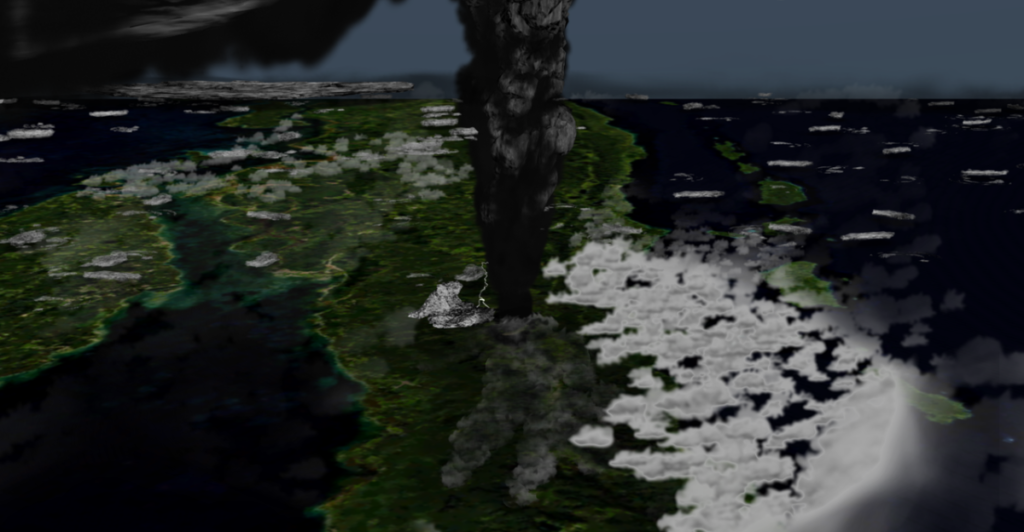
The Toba Catastrophe Theory posits that the supereruption led to a severe global volcanic winter lasting several years, drastically reducing human populations to as few as 1,000 to 10,000 individuals. This proposed bottleneck suggests that such a dramatic decline could have significantly influenced human genetic diversity and evolution. However, this theory remains a topic of debate among researchers.
Evidence Supporting the Bottleneck Hypothesis

Proponents of the bottleneck hypothesis point to genetic studies indicating low variability in human mitochondrial DNA, suggesting a past population decline. They argue that the Toba eruption’s environmental impacts could have caused widespread habitat loss and food shortages, significantly reducing human numbers. This perspective emphasizes the potential vulnerability of early human populations to catastrophic events.
Counterarguments and Alternative Explanations
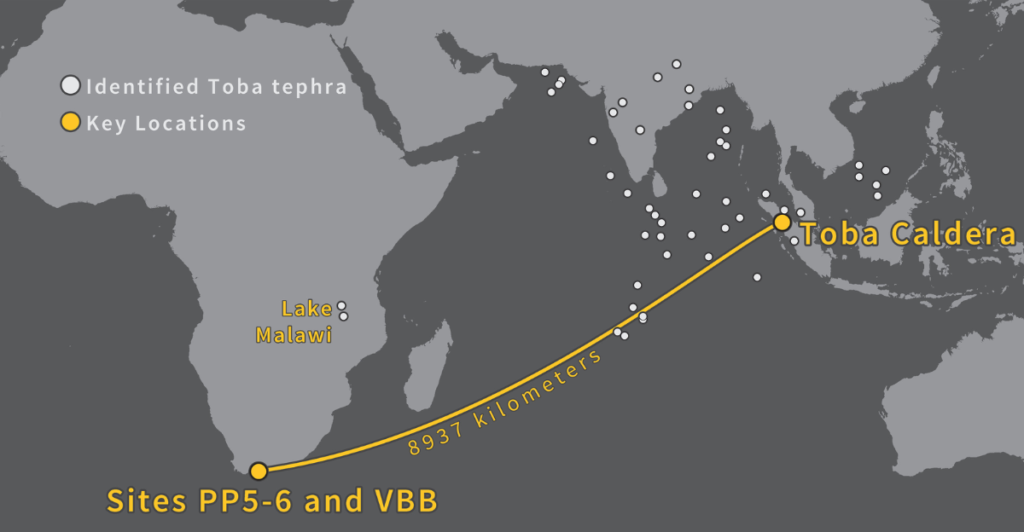
Recent studies challenge the severity of the Toba eruption’s impact on human populations. Archaeological evidence from regions like Africa shows continuous human habitation without significant disruption following the eruption. Additionally, some genetic analyses propose that observed bottlenecks may have resulted from other factors, such as climate changes or migration patterns, rather than a single catastrophic event.
The Role of Animal Populations Post-Eruption
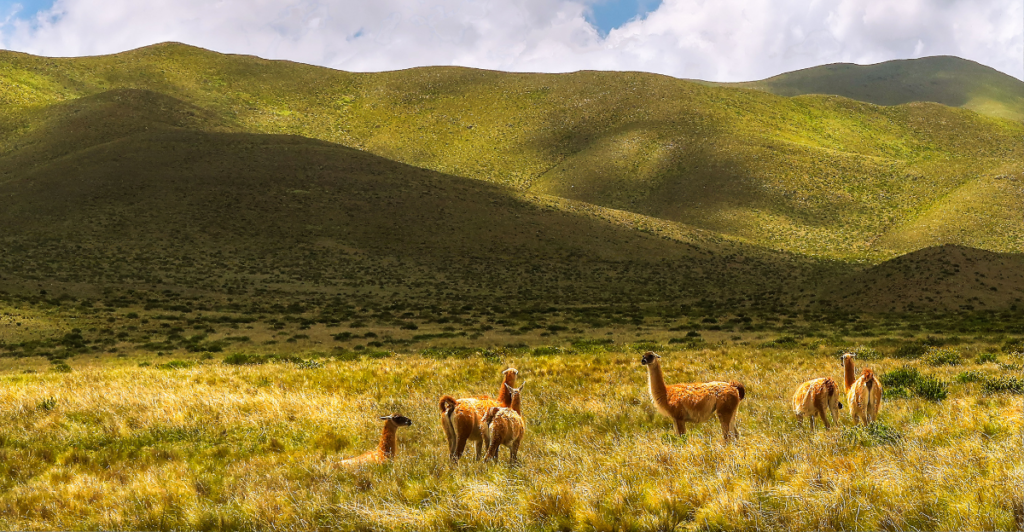
In the aftermath of the Toba eruption, surviving animal populations played a crucial role in ecosystem recovery. Herbivores helped disperse plant seeds, facilitating vegetation regrowth, while predators maintained balanced ecosystems by controlling herbivore populations. This natural restoration process created environments that could support human reoccupation and expansion.
Human-Animal Interactions in Post-Toba Environments
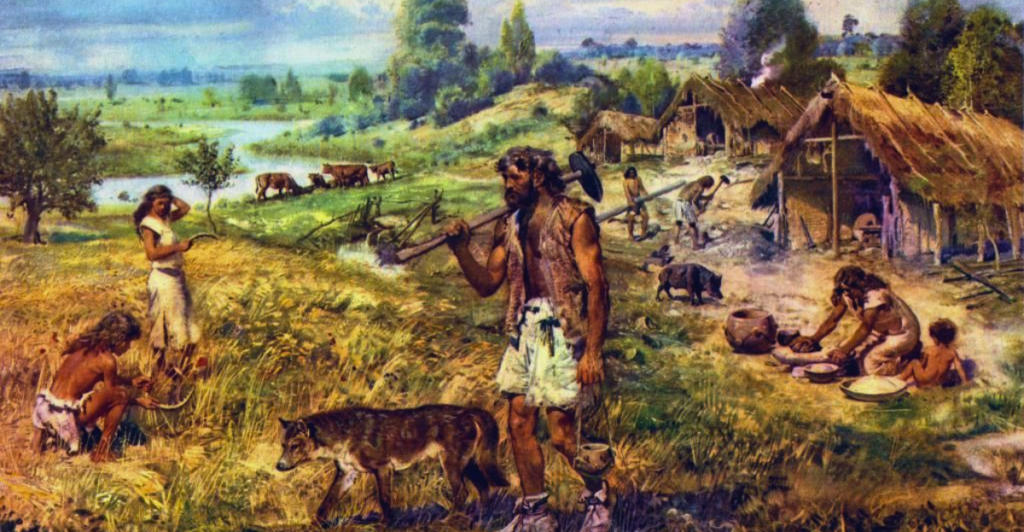
As humans re-established themselves in recovering ecosystems, interactions with animal species became vital. Early humans relied on animals for food, clothing, and tools, developing hunting strategies and forging symbiotic relationships. These interactions ensured human survival and influenced cultural and technological advancements, highlighting the interconnectedness of humans and animals in shared habitats.
The Importance of Biodiversity in Recovery
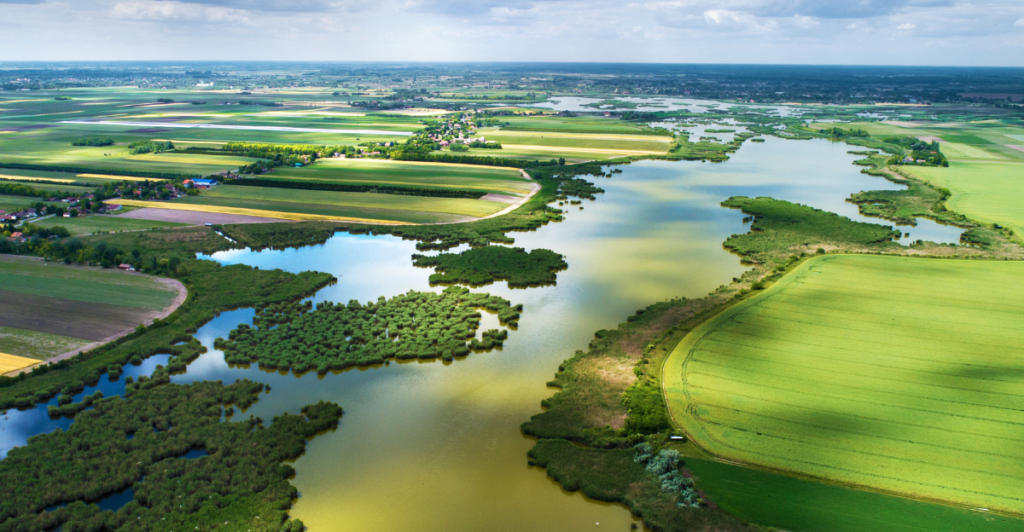
Biodiversity played a significant role in the resilience of ecosystems following the Toba eruption. Diverse plant and animal species contributed to ecosystem stability, resource availability, and adaptability to changing conditions. This biodiversity provided humans with various resources and opportunities, underscoring the importance of conserving diverse species for ecological and human resilience.
Lessons from the Past: Human Adaptability
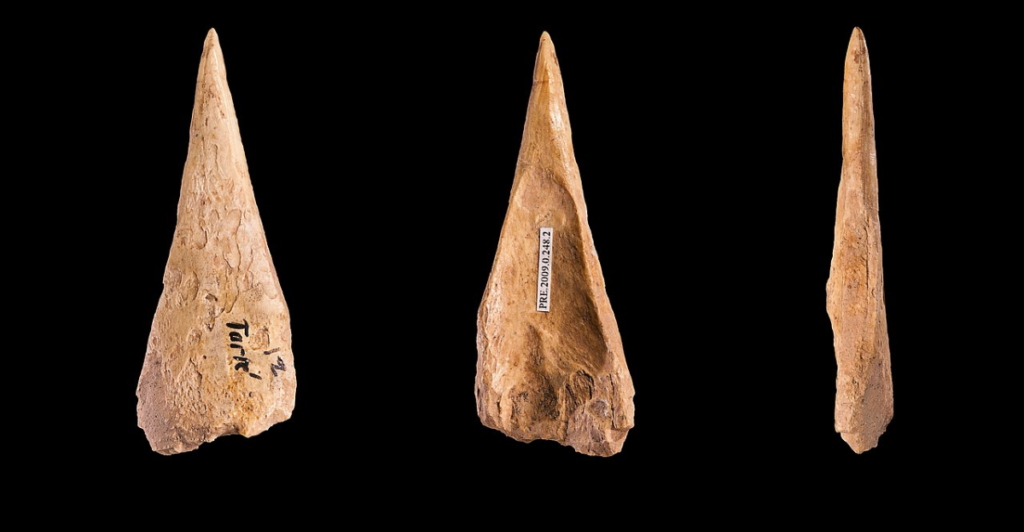
The challenges faced by early humans after the Toba eruption demonstrate remarkable adaptability. Humans overcame environmental adversities by developing new tools, social structures, and survival strategies. Studying these responses offers insights into human resilience and the capacity to navigate and adapt to environmental changes, which remain relevant in addressing contemporary global challenges.
The Role of Climate in Human Evolution
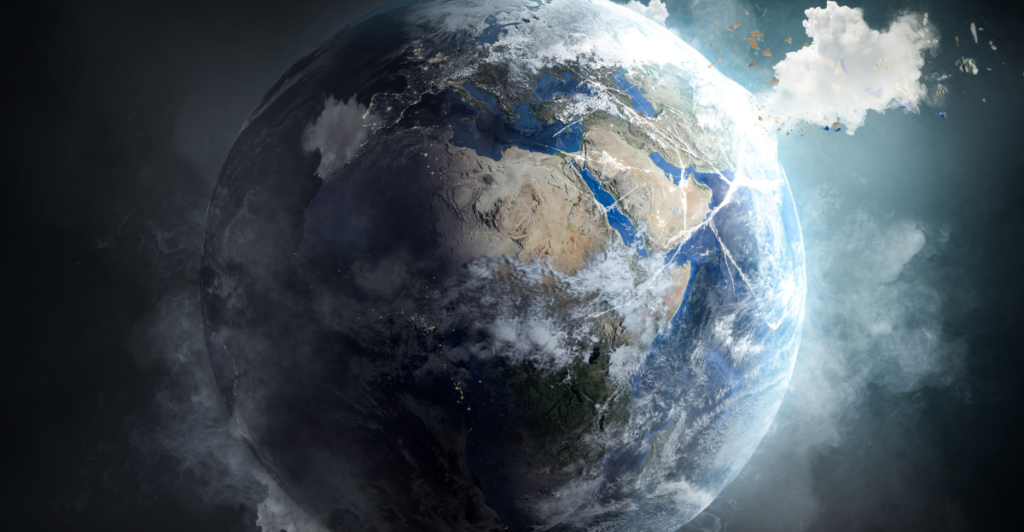
Climate fluctuations have been a driving force in human evolution. The Toba eruption likely contributed to significant climatic changes, influencing migration patterns, resource availability, and survival strategies. Understanding these climatic impacts helps researchers reconstruct the environmental contexts in which early humans evolved and adapted, shedding light on the dynamic relationship between climate and human development.
Genetic Evidence of Ancient Bottlenecks

Genomic studies have identified evidence of population bottlenecks in early human history. These genetic signatures suggest periods when human populations were small, leading to reduced genetic diversity. While the Toba eruption is one proposed cause, other factors such as climatic shifts and migrations may have contributed to these genetic patterns, highlighting the complex interplay of events shaping human evolution.
The Debate Over the Toba Impact
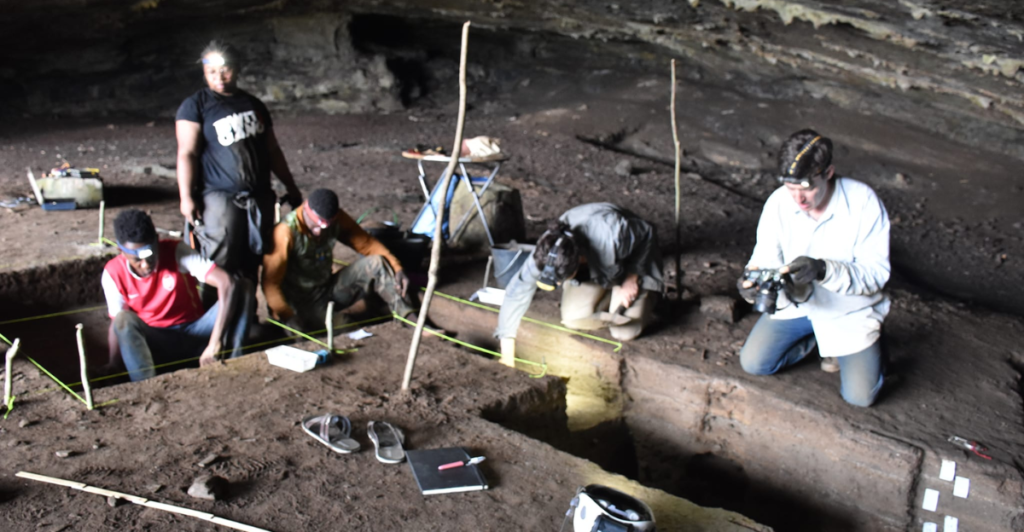
The scientific community continues to debate the extent of the Toba eruption’s impact on human populations. While some researchers argue for a significant bottleneck effect, others point to archaeological and genetic evidence suggesting minimal disruption. Ongoing research aims to clarify this event’s role in human history, emphasizing the importance of interdisciplinary studies in understanding our past.
Broader Implications for Human Resilience
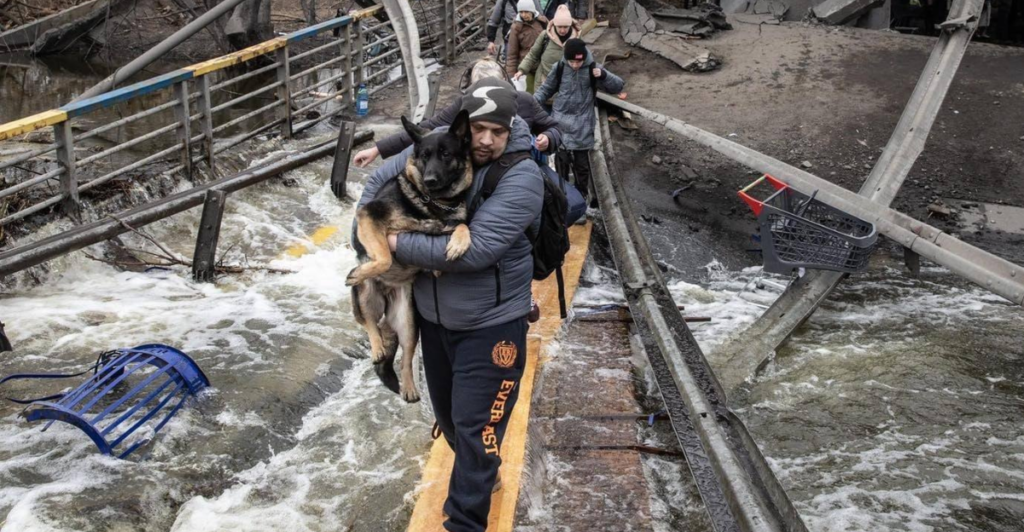
Examining the Toba eruption and its aftermath provides broader insights into human resilience. It highlights how early humans navigated environmental catastrophes, adapted to new challenges, and leveraged relationships with the natural world for survival. These lessons underscore the importance of adaptability, innovation, and ecological awareness in the face of current and future global challenges.
Interconnected Histories

The story of the Toba eruption and its proposed effects on human populations illustrates the deep interconnectedness between geological events, ecosystems, and human societies. Whether or not the eruption caused a significant population bottleneck, it serves as a reminder of humanity’s vulnerability and resilience. Understanding these connections enriches our appreciation of the complex factors that have shaped human history and the natural world.
Discover more of our trending stories and follow us to keep them appearing in your feed

Philanthropist Promises To Cover $771.23M Annually After US Exit From Climate Accords
The Real Cause Behind Los Angeles’ Devastating Wildfires
California Is Breaking Apart: A Fault Line Is Forming Faster Than Anyone Predicted
Scientists Are Bringing Back The Wooly Mammoth
References:
Reference 1
Reference 2
Reference 3
This article first appeared here
Stay connected with us for more stories like this! Follow us to get the latest updates or hit the Follow button at the top of this article, and let us know what you think by leaving your feedback below. We’d love to hear from you!







